. . . Sunlight on leaves . . . Good Morning Costa Rica!
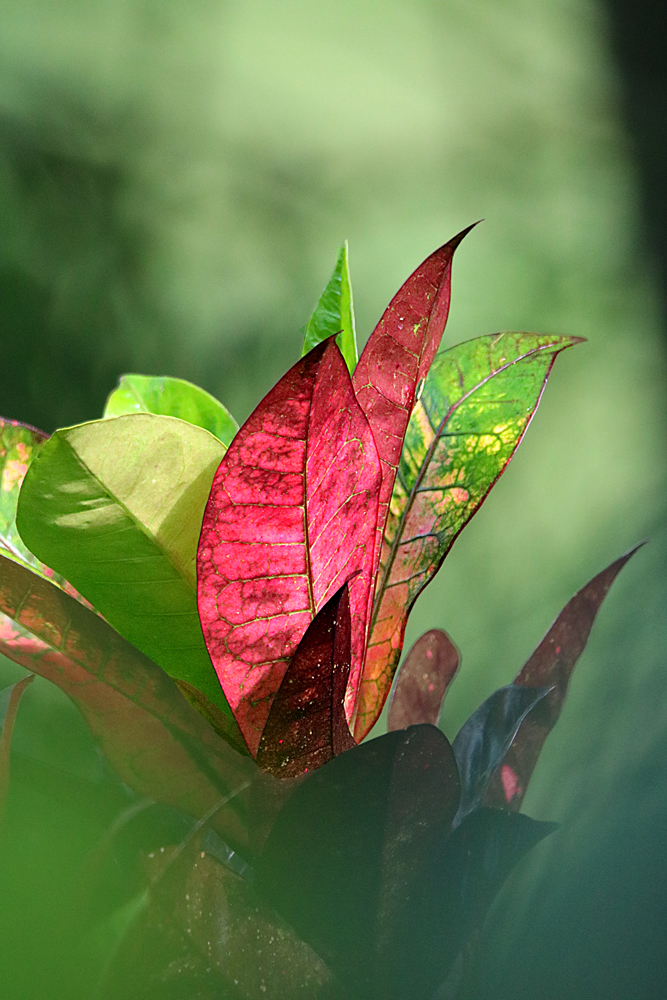
¡Pura Vida!
. . . Sunlight on leaves . . . Good Morning Costa Rica!

¡Pura Vida!
I used to see a lot more of these but that was back when I saw a lot more of all birds than now. It is the Yellow Warbler, Setophaga petechia (eBird link) which is found in all of the lowlands of Costa Rica but be aware that some books are now separating the American Yellow Warbler (Setophaga aestiva) and the Mangrove Warbler (Setophaga petechia) which is the one that is a resident of Costa Rica while the American are migrants from the north and also here. The Mangrove Warbler is best known to birders as the one whose male has a chestnut red head. The females seem to be identical. You can see both in my Gallery of Yellow Warblers. And eBird has kept them together as I do in my gallery. Here’s 3 shots from my garden . . .
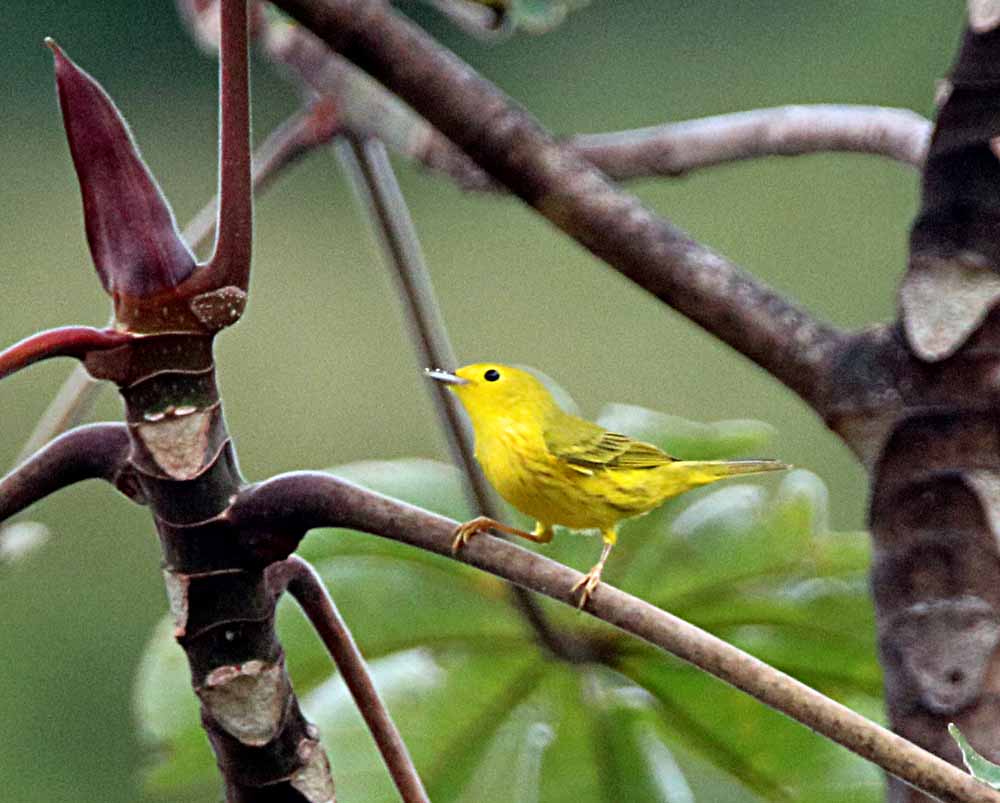
This was seen just outside Roca Verde along 8th Avenue in Barrio Boqueron, though I’ve seen several in my garden in the past. It is the Tropical Checkered-Skipper, Burnsius oileus (my gallery link). I’m seeing fewer butterflies now and, if like last year, that will continue until sometime in May when the butterflies seem to start multiplying again here, with my highest past butterfly counts being in May-September.
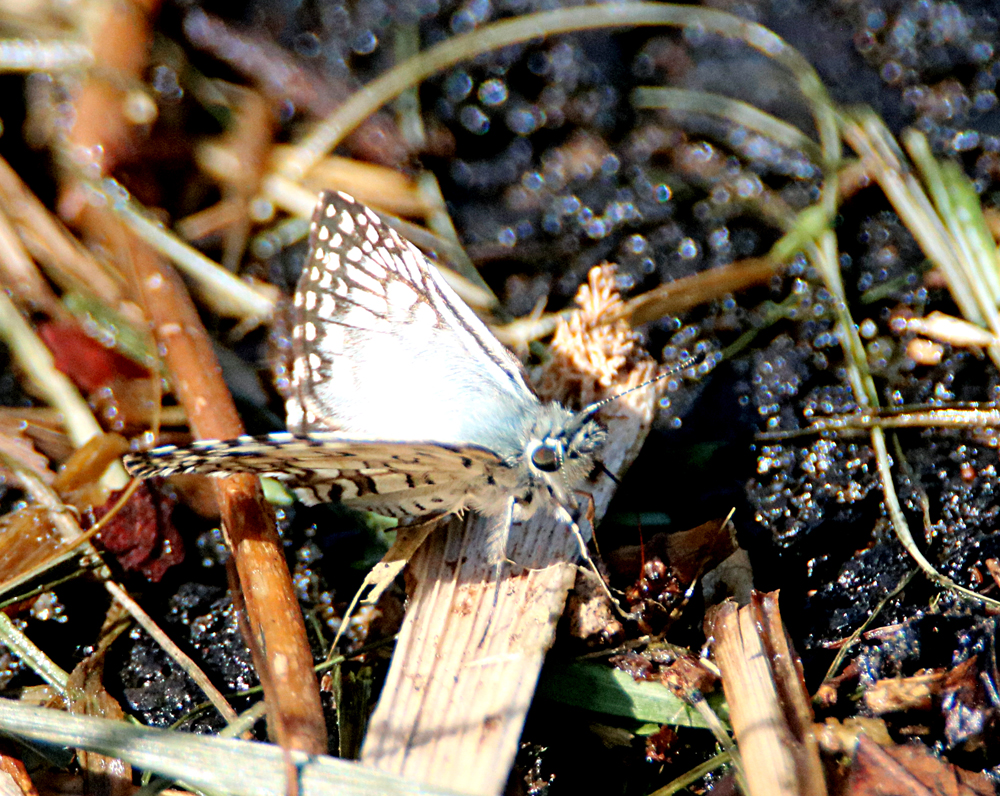
¡Pura Vida!
One fun thing about going to the coast is seeing some of the many types of wading shorebirds. Below the email version pix is a slide show of 6 different shorebirds from the recent trip to the mouth of the Tarcoles River. And the mouth of a river is one of the best places to see birds because of the larger variety of food possibilities there plus the usual mangroves!
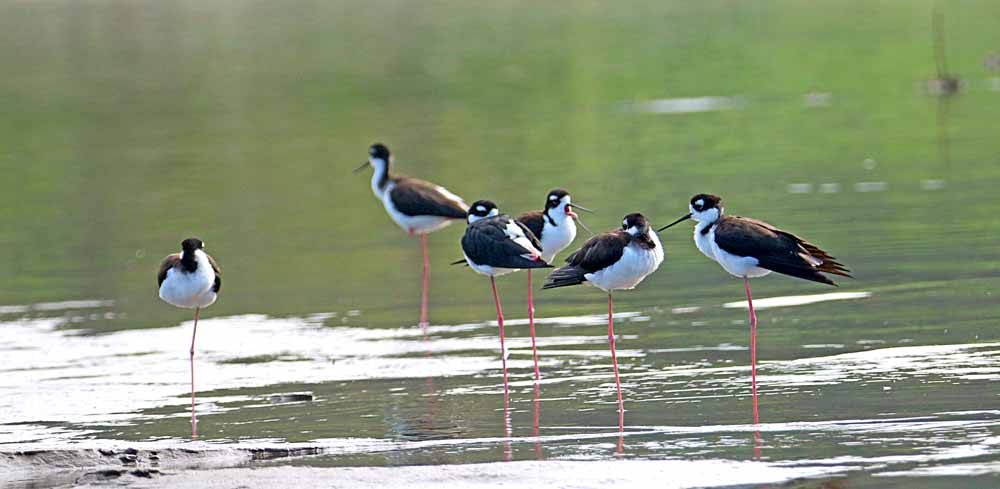
The humble banana plant flower, seen here along the shores of Rio Tarcoles but also found all over Costa Rica in lowlands and rainforests.
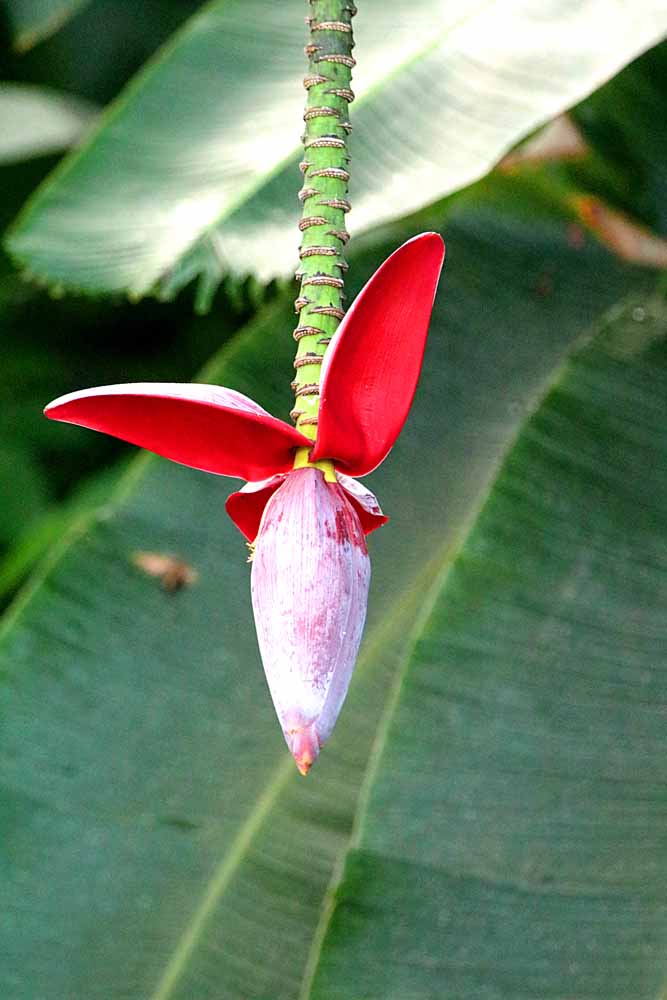
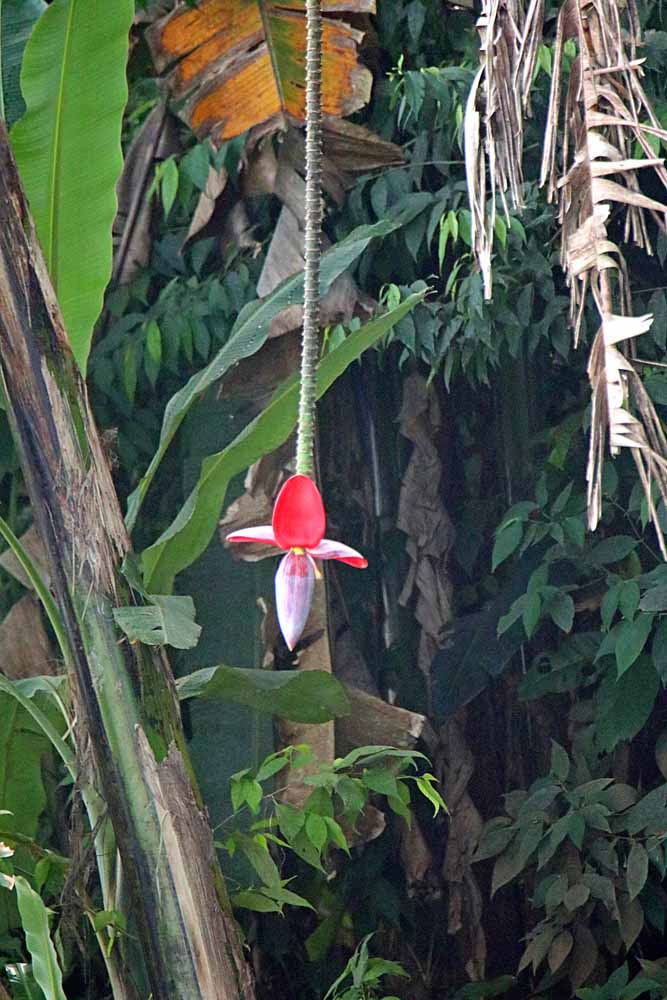
¡Pura Vida!
See the Day Trip Gallery: 2025 January 7 — Rio Tarcoles & Punta Leona
See also my gallery: FLORA & FOREST Costa Rica
As a nickname, that might be considered sacrilegious by some people, but the nickname has a long history of this lizard walking on water and most everyone knows the story of Jesus walking on water and Peter not having the faith to follow him without sinking. In Costa Rica there are three species of basilisks and they all “walk on water” (actually run very fast) as we saw this one pictured here do 🙂 . . .

That’s our fun biology lesson for today! And I apologize for not remembering that I did a similar post back in October. Just blame it on my dementia! 🙂
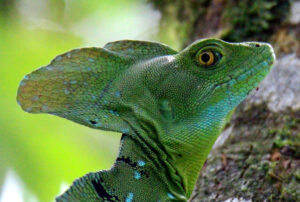
¡Pura Vida!
See the Day Trip Gallery: 2025 January 7 — Rio Tarcoles & Punta Leona
is a common bird on both coasts and way up some of the rivers. And is the case most of the time for me, this one has no spots. You can look at my Spotted Sandpiper Gallery to see some with spots which is seasonal. Just one photo here that I liked from last week’s visit to Rio Tarcoles . . .
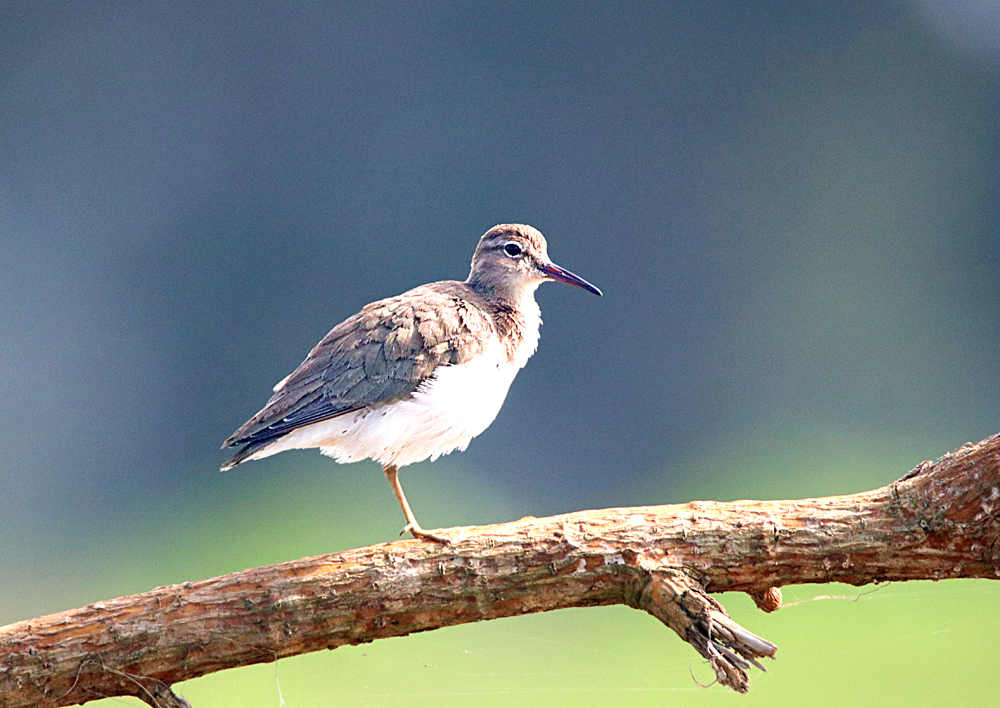
¡Pura Vida!
See the Day Trip Gallery: 2025 January 7 — Rio Tarcoles & Punta Leona
Sometimes you see the world different from a boat on water and this was the case while on Rio Tarcoles last week. Below one photo for the email version is a slideshow of 6 shots from the river.
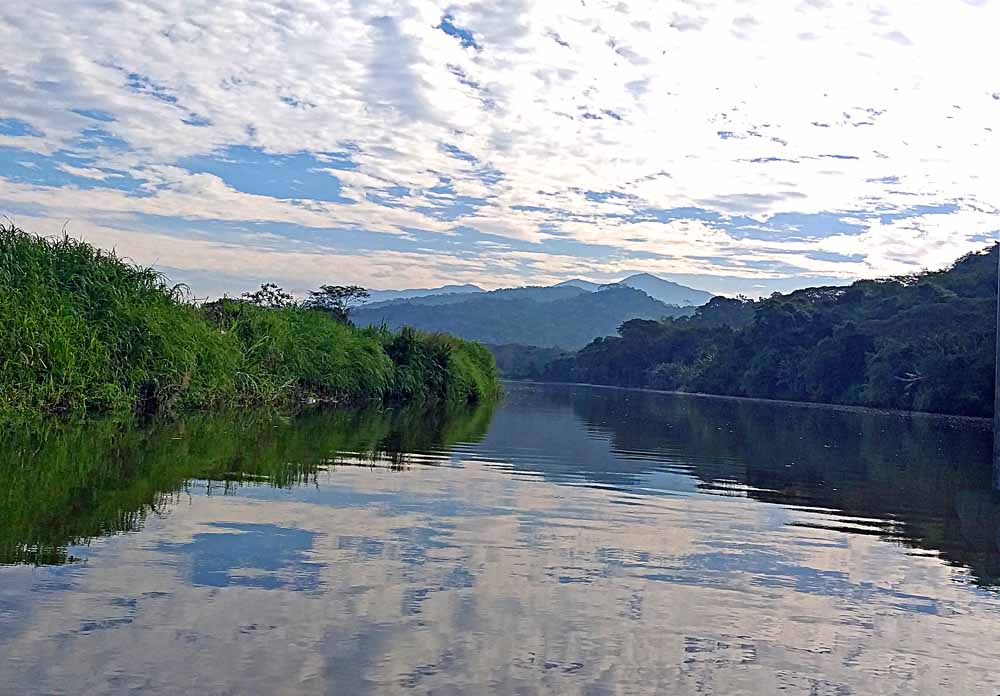
Our January 7 day trip with 6 Canadian friends from British Columbia to Rio Tarcoles & Punta Leona Beach was a fun trip with lots of nature photo ops! And I now have the “Trip Gallery” finished! Click that link or the image of the first page below or this web address: https://charliedoggett.smugmug.com/TRIPS/2025-January-7-Rio-Tarcoles-Punta-Leona In many ways, these trip galleries are my “base galleries” from which I glean photos for subject galleries like Birds! While photos made in my home garden go directly into the subject galleries if they even make a gallery. 🙂 But I love these trip galleries because I always make more photos on a trip!

¡Pura Vida!
My needle biopsy went well yesterday and now I just wait for their report that I will receive in my February 12 appointment. And my sister Bonnie learned that her “colon cancer” was primarily an ovarian cancer that spread to her colon, and now they are about to begin chemotherapy after one more procedure. Our mother and brother both died of cancer and now it looks like the rest of us may go the same way. Only Dad never had cancer. The doctors said he died when his heart just stopped, not a heart attack. And Bonnie and I will both look for the positive while we fight our different types of cancers. Thanks for your prayers!
. . . are one of the reasons a lot of tourists take boat trips on the Tarcoles River, though my priority is always the birds and why I choose this particular boat company (Jungle Crocodile Safari) which focuses on the birds more than any other and does not feed the crocodiles chickens like some boats do (which is illegal). BUT, the crocs are interesting and I usually make a few photos of them. 🙂
Here are just two photos from this trip, the feature photo at top being the face of a very old “grandpa croc.” They can live up to 80 years! (Old like me!) 🙂 While the other photo of the total croc is of a young adult or adolescent. In this Trip Gallery, which is now completed, I have 7 croc shots from this trip in a sub-gallery simply named “Crocodiles.” Or if you’re really into crocs, check out my Costa Rica American Crocodile GALLERY with croc photos from 8 different locations all over CR, though more from Tarcoles River which is the closest location to me. 🙂
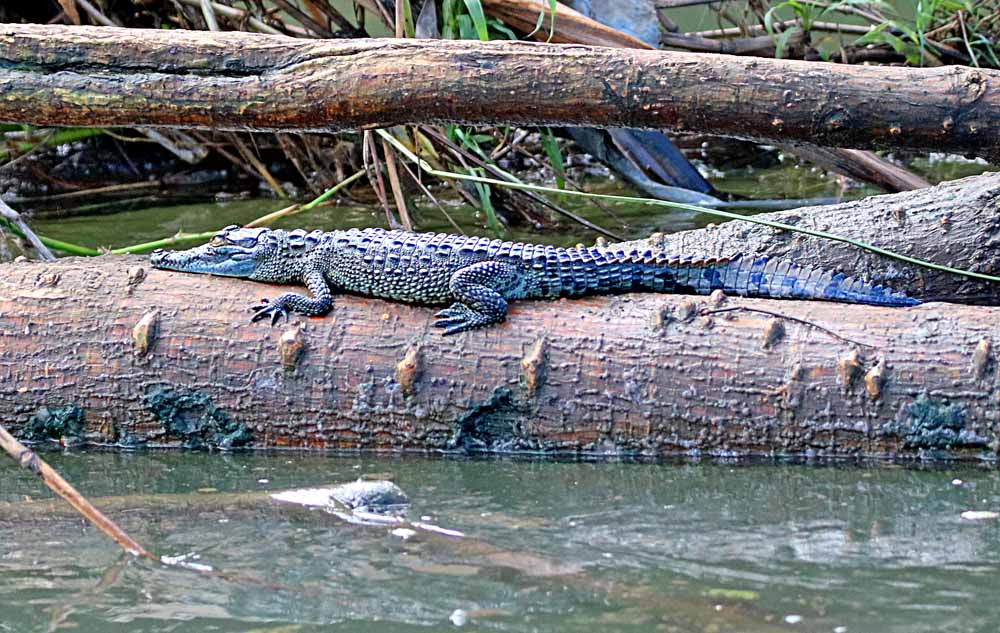
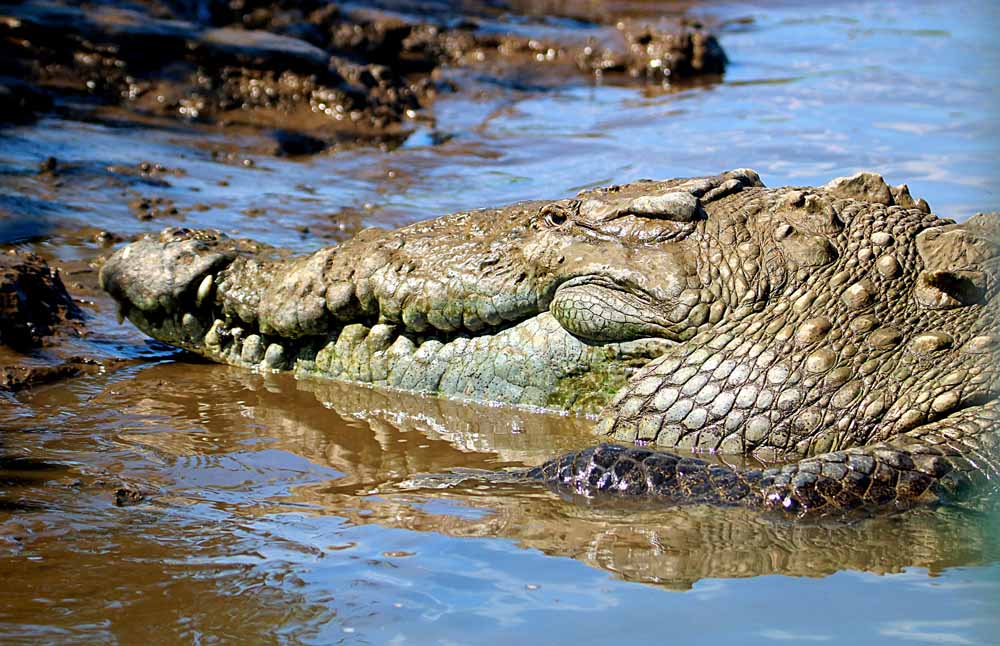
And in “The Trip Gallery,” I also have photos of 26 bird species, White-faced Capuchin Monkeys, Basilisk Lizards, landscapes, other nature and even a photo of our group of 6 Canadians with a family from Denmark we shared the boat with! Exploring Costa Rica is always international! 🙂
¡Pura Vida!
At 7:30 this morning I’m scheduled for “Needle Surgery” to get a bit of the spot or growth from one of the lymph nodes in my neck for a biopsy. I will go back in February for a report and to schedule any further action if needed. The doctor doubts that it is cancer, but he wants to be sure. The public health system here is huge and taking great care of me while creating a large database of all my health tests, surgeries, medications, and reports in the single system for any of my other doctors to see and be aware of. It is an amazing system! It even sends both me and my driver text message reminders of all appointments! 🙂
¡Pura Vida!
See the Day Trip Gallery: 2025 January 7 — Rio Tarcoles & Punta Leona